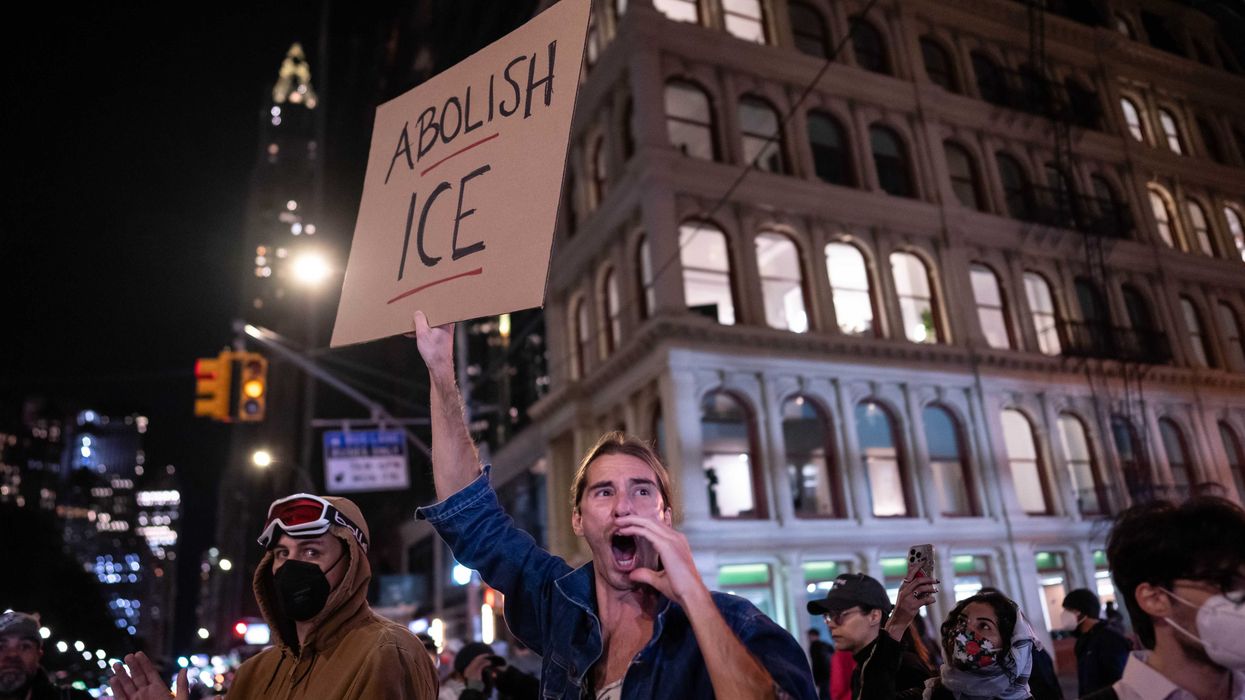Why Is a Horrific Tragedy the Price We Must Pay?
Hurricane Irma slammed into the Florida Keys Sunday morning, then made its way up the west coast of Florida, weakening to a Category 2 by the time it hit Tampa overnight.
Irma’s eye did not strike Miami directly, but the city, along with most of the southern and western coast of Florida were hit with storm surges and widespread flooding.
It’s too early for a complete picture of the overall damage, but it’s safe to say it’s already one of the worst storms in Florida’s history.
The combination punch of Hurricanes Harvey and Irma come just as we’re reminded today --- the sixteenth anniversary --- of one of the most tragic days in American history. The human toll of these hurricanes, thank God, doesn’t approach the horror of September 11, 2001, but the enormous loss of property and livelihood provides a similar opportunity for us to wrap our arms around American neighbors who need our help.
We felt a unique national harmony in the weeks after the 9/11 attacks. America was on the same team for a while. You could feel it in the air and it was refreshing.
Now we have the opportunity to rally again. To get on the same page about something outside ourselves --- serving our neighbors. After Katrina, the city of Houston opened their arms to the people of New Orleans. Now, New Orleans wants to return the favor. The city captured this spirit in a heartfelt message to Houston in Sunday’s Houston Chronicle:
The way of life you love the most will carry on. You taught us that. Your courage and care continues to inspire our whole city. We couldn't be more proud to call you our neighbors, our friends, and our family. Texas forever. We're with you.
This attitude of service is a big part of what inspires us about America. But, why is a horrific tragedy always the price we have to pay to get there?
RELATED: ‘Our Doors Are Open’: New Orleans Sends a Powerful Message to Houston
During World War II, Franklin D. Roosevelt called America “the arsenal of democracy.” Today, what we’re seeing in Houston is America as the arsenal of generosity.
Let’s continue to be known for that.
9/11 Changed Everything
16 years ago today the world changed forever. Kids today will never know America the way we did.
High school graduates in 2001 saw the world through a much different lens than students today. A tank of gas cost about $1.46 a gallon --- which of course seemed absolutely outrageous.
For the most part, the world seemed peaceful. The Gulf War was a good decade ago. America was invincible.
Islamic terrorism was never something we really worried about. It was the third story on the 10 o'clock news.
Then 9/11 happened.
High school graduates today have never known an America not at war. “Peace Time” is a distant era they’ve read about in their history books.
RELATED: Never Forget: The Day That Forever Changed the World
For our kids, terrorism is something they have to take into account every day. Attending a 4th of July fireworks display, planning a trip to Europe, going to the mall --- it’s become part of their life.
What was it like going to a New Year's Eve celebration and not worrying about a terror attack? What did it feel like to graduate high school and see the world as completely accessible, where you could plan a trip to Egypt to see the pyramids or maybe even France or Spain?
Would anyone feel comfortable sending their kids to any of those places today?
For our children, the constant threat of terror is completely normal. It’s just the way it is.
We’re still discovering how much our country --- and the world --- changed on September 11, 2001. But one thing is for sure. We will never be the same.
Dangerous Dogma?
"The dogma lives loudly within you."
That’s what Senator Dianne Feinstein told a nominee for judgeship on the 7th Circuit.
Amy Barrett is a Notre Dame Law School professor and mother of seven. She’s also a Catholic.
Barrett’s Catholicism came up a number of times during her hearing, but never as disturbing as in Feinstein’s line of questioning:
Why is it that so many of us on this side have this very uncomfortable feeling that, you know, dogma and law are two different things? And I think whatever a religion is, it has its own dogma. The law is totally different. And I think in your case, professor, when you read your speeches, the conclusion one draws is that the dogma lives loudly within you, and that's of concern when you come to big issues that large numbers of people have fought for years in this country.
The dogma lives loudly within you.
Can you be both a person of faith and serve on one of the nation’s high courts?
Better question: can you be both a constitutionally illiterate person and serve in the United States Senate?
Well, the answer is obvious there.
These lines of questioning are not new.
And the truth is they say more about the dogmatic views of the senators asking them.
Amy Barrett’s real sin is not her Catholic faith, it’s that her personal views, specifically on abortion, don’t align with Senator Feinstein’s dogma.
The danger here is the increasing hostility toward faith or, to get to the point, religious bigotry. That dogma seems to live in the hearts of far too many in Washington.

 Harold M. Lambert / Contributor | Getty Images
Harold M. Lambert / Contributor | Getty Images
 Adam Gray / Stringer | Getty Images
Adam Gray / Stringer | Getty Images Anadolu / Contributor | Getty Images
Anadolu / Contributor | Getty Images Brandon Bell / Staff | Getty Images
Brandon Bell / Staff | Getty Images